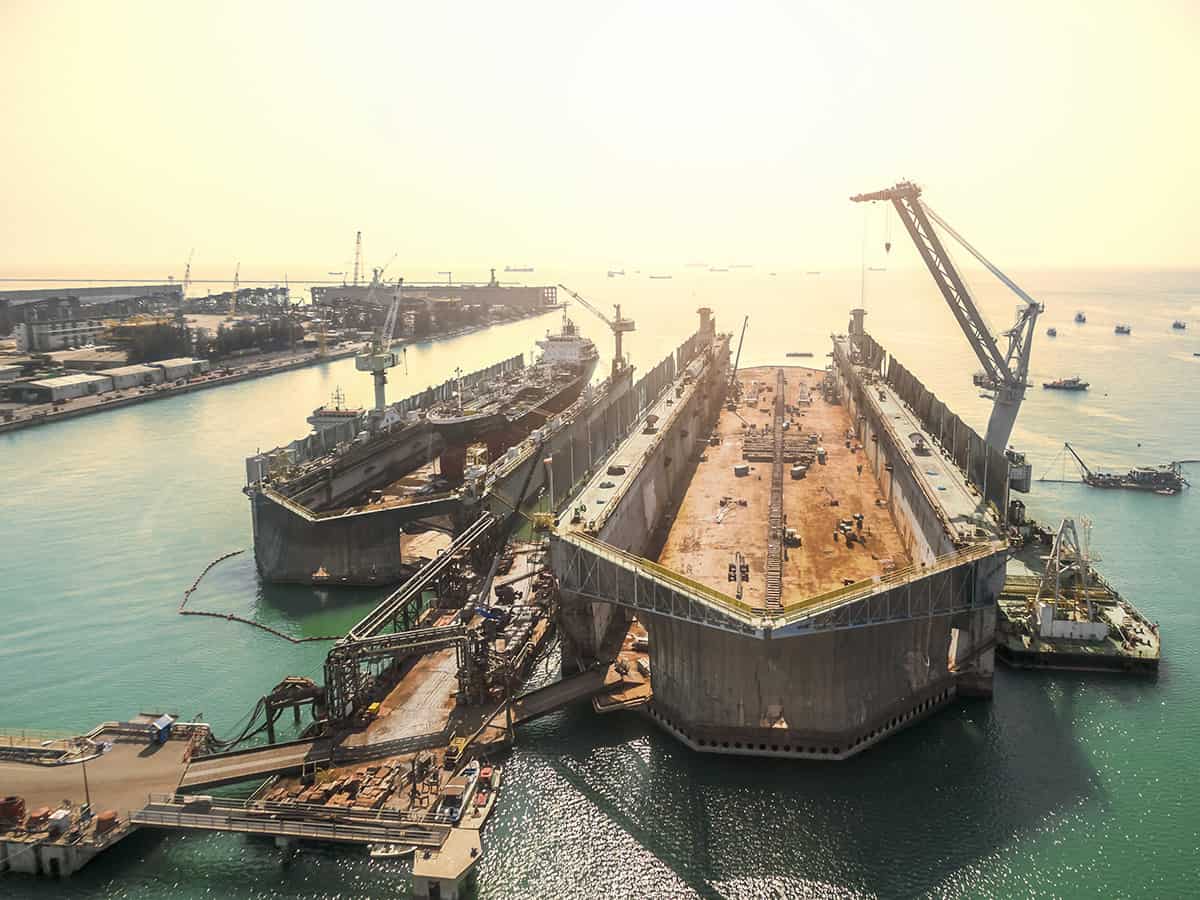If you have ever been on a cruise, then you can visualize the sheer size of the largest ships in production today. The single largest ship, the Symphony of the Seas, a part of the Royal Caribbean fleet, measures 1,188 feet long and 238 ft tall. This enormous maritime vessel is similar in size to the largest class of naval ships in the world—aircraft carriers—many of which measure over 1000 feet in length. Ships of this size can require more than six years to build, with much of that time devoted to welding the hull, piping system, and other metal assemblies.
The principal consideration for ship construction and welding is safety—whether for passengers (which may number in the thousands) or for shipbuilders. Welding standards and regulations for ship construction are provided by OSHA. Specific standards can be found under 29 CFR 1910, 1915, 1917, 1918, 1926 and other publications such as notices and directives that add clarification for particular requirements.
The OSHA regulations are comprehensive and address everything from employment, training, and documentation to various welding processes. For example, these regulations are intended to apply whether you employ an arc welding, gas welding, or resistive welding process; however, determining which welding process is best for your project rests with you. To help you with this decision, let’s take a look at commonly applied processes, the challenges associated with ship construction and welding, and whether an orbital process may be the best option.


